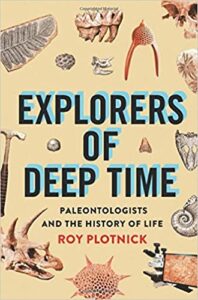This is a third, revised edition of a very successful, introductory-level geology guide. In it, the author has taken the opportunity to revise and update the text, and to substitute improved illustrations for some of the old ones.
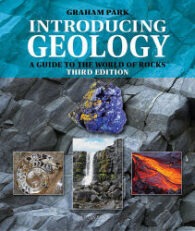

This is a third, revised edition of a very successful, introductory-level geology guide. In it, the author has taken the opportunity to revise and update the text, and to substitute improved illustrations for some of the old ones.

I wouldn’t say I know Paul Taylor other than as an editor of his articles for Deposits magazine, but I did once go on a fieldtrip with him, more years ago than I care to remember. It was to the Coralline Crag of Suffolk, which was chock full of bryozoans – Paul’s favourite fossil. And very interesting it was too – as was Paul. Therefore, I am not surprised how fascinating this book turns out to be.
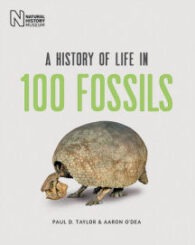
I remember buying the first edition of Ken Brook’s fascinating little guide on Hastings a long time ago, and bumbling off to Hastings in the hope of finding Lower Cretaceous dinosaurs and tree ferns.
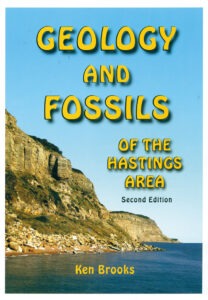
Introducing Mineralogy continues the high standard set by its predecessors in the Dunedin series of guides introducing aspects of the different sciences, especially the earth sciences. It is slightly larger than some of the others, but is still beautifully illustrated, nicely written and very informative.
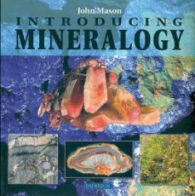
This is a brief guide explaining how the reader may collect meaningful data at outcrop level and make provisional identifications of common lithologies. It is not intended as a comprehensive field geology textbook and assumes that readers have already studied geological theory (and, as such, is probably most useful of the undergraduate, but could be interesting for anyone interested in geology).
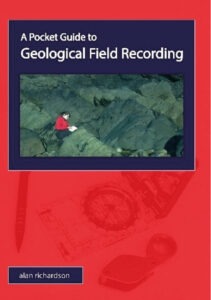
The format of Dunedin books is always the same – authorative, but easy to understand text, interspersed by bold, full colour diagrams and photographs. And the topics of oceanography and meteorology certainly complement each other. The planet is two-thirds covered by water and the energy it contains massively affects the way the Earth system (especially climate) works.
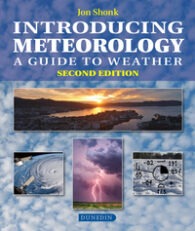
Dunedin publishes a series of ‘Guide to’ books that are excellent little volumes for the beginner and the amateur, and this one is no different. Written by the ubiquitous volcano specialist, Dougal Jerram (aka Dr Volcano), it is a nice little summary of the basics of the science of volcanology.
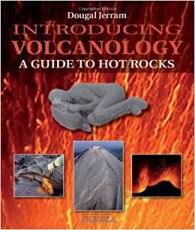
I have been lucky enough to review several books by Dunedin – the others being on palaeontology, geology and volcanology. And this is as good as the others. However, it is not an easy book to read. The illustrations are, as always, superb – colourful and clear – but this book is more suitable for the more mathematically and scientifically minded, especially those who enjoy the science of engineering.
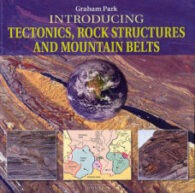
Once upon a time, I would have said that the only reason to buy this sort of guide is to look at the (black and white) photos of dinosaurs and their bones, and learn about the terrestrial life of what is now the Isle of Wight. However, this is obviously wrong. Of course it is possible for amateurs, as well as professionals, to find dinosaur bones on the beaches of the island.
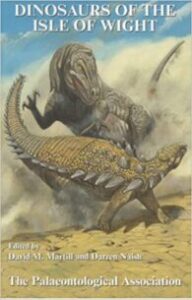
Roderick Impey Murchison must have been a remarkable man. The son of a Scottish landowner, he was one of the first people to rigorously use the principles of stratigraphy discovered by William Smith, which put him in a position to erect the Silurian system and to name about 123myrs of geological time.
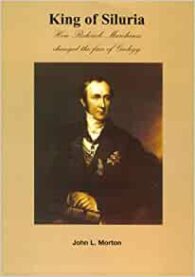
It appears that I was naive to assume the Tunguska explosion of 1908 had been adequately explained. It was a meteorite or, more probably, a comet that exploded above a remote area of Siberia, wasn’t it? Not necessarily! This fascinating book shows that we still await a completely adequate scientific explanation and the jury is still out on what precisely the object was.
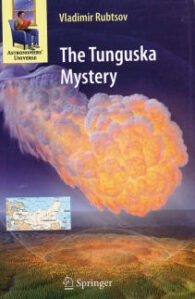
Recently, the Geologists’ Association kindly sent me three of their new guides to review, and I chose to review Alderney and La Hague: an Excursion Guide first, for some very personal reasons. I remember fondly my visits as a child to Alderney, and my extensive civil engineering works on Corblets beach, building dams of sand to capture the water flowing across the sand into the Race of Alderney.
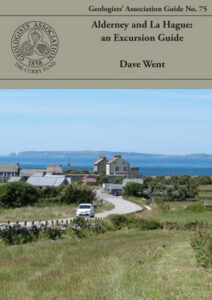
This is a comprehensive account of the minerals found in the British Isles (including Ireland) and the surrounding islands. At over 600 pages and illustrated throughout by over 550 images (mostly in colour), the book provides exhaustive coverage of the remarkably wide range of minerals found in this part of the world.
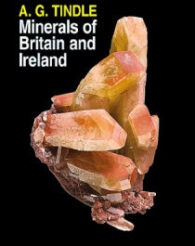
The author, John L Morton, certainly came to popular geological publishing by an interesting and circuitous route. Trained as a pilot, became the district commissioner for scouts in Horsham and, on retirement, studied a BSc in, among other things, geology. In 2001, on the strength of this book on William Smith, he was elected a Fellow of the Geological Society.

It might come as a surprise to the vast majority of the UK population (and probably anyone reading this elsewhere), but this country is a great place for dinosaurs. In fact, it is one of the most important places for Lower Cretaceous dinosaurs, whose remains have been found on the Isle of Wight and in the Weald. A possible Triassic dinosaur has also been found in Morayshire, Scotland, and there are plenty more from the entire length of the Jurassic.
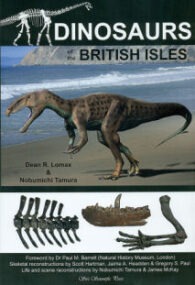
In this book, you will travel back millions of years in time, as though a time-traveller, to join wildlife safaris and visit ancient environments teeming with life. As the fossils come alive, you will experience and understand the fauna, flora and landscapes seen at localities in the geological past of Scotland.

Dorling Kindersley is well-known for producing popular reference media for beginners and enthusiasts. Its Eyewitness Guides to fossils and rocks and minerals, for example, along with their later addition, the Eyewitness Handbook of fossils, certainly makes a useful starting point for anyone new to geology or palaeontology.
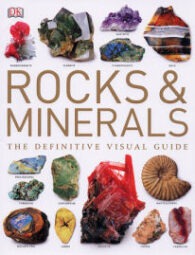
This is a lovely little book and something of a departure for Dr Dean Lomax, who, these days is more often seen up to his elbows in ichthyosaur remains. However, this fun little book is rather different. Dean (and ably helped by the artwork of Mike Love) has created a full-colour popup book covering the ancestors of many of our favourite pets.
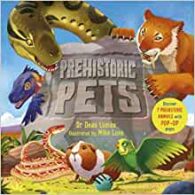
Dean Lomax, sometime author of articles in Deposits magazine, is certainly making a name for himself, and has been now for many years. For instance, in January 2022, he was on television explaining about a remarkable find at Rutland Water Nature Reserve. And now he continues his admirable efforts for popularise his chosen academic subject – palaeontology – in this fascinating book about the fossilisation of behaviour.
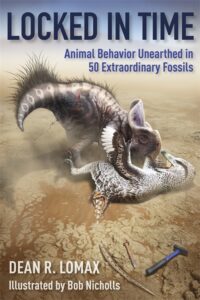
Notwithstanding the somewhat daunting use of the word “geophysics” in the title, this is another great book in Dunedin’s Introducing Earth and Environmental Sciences series of guides. In fact, that term may well discourage all but the most enthusiastic Earth Scientist.
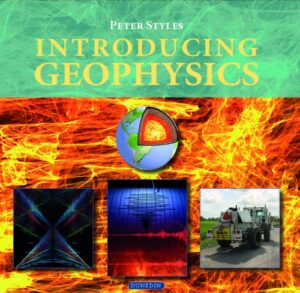
Goodness me! This is a massive work (432 pages) – but written with enthusiasm from the heart, with authoritative text, lovely photos throughout, fascinating anecdotes and history, with detailed geological descriptions of all the relevant counties. Now, I’m no expert on minerals, which fall well outside the scope of my interests. However, I cannot praise this book too much.
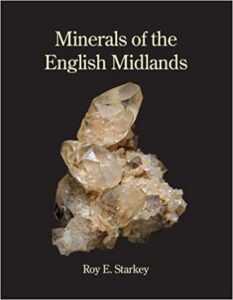
I recently reviewed another of the guides in Crowood Press’s excellent “Landscape and Geology” guides, which was undoubtedly a great read. And this one is equally good, with great, full colour pictures, maps and diagrams, and easy to read text, with descriptions of interesting walks and what can be seen on them.That is, there are easy-to-understand explanations of how the rocks formed and how the geology affects the landscape, and there is also an n exploration of the long human story of the landscapes.

This is another guide in the excellent “Landscape and Geology” series of local geological guides published by The Crowood Press. And this is as good as the others. Admittedly, it has a wonderful subject matter, because the Isle of Wight is a geological gem with its 110km long coastline displaying a range of rocks dating from Lower Cretaceous to Oligocene age. I know from personal experience that many of its sands and clays contain collectable fossil bivalves and gastropods, and its famous dinosaur footprints attract attention from both geologists and tourists, with always the possibility of finding a bone or two.
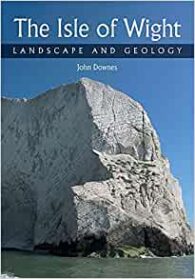
As I said in my review of the first edition of this guide, I love geomorphology. In fact, I have loved it since my school days and deeply regret not having studied it at university. However, as I said in that review, I suspect many people are discouraged by its scientific name, but all it means is the study of the earth’s landforms and the processes that create the landscapes we see today.
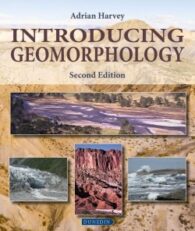
There is much to be enjoyed in this engaging book by Roy Plotnick, in which he brings the modern practice of palaeontology – and palaeontologists themselves – vividly to life.
